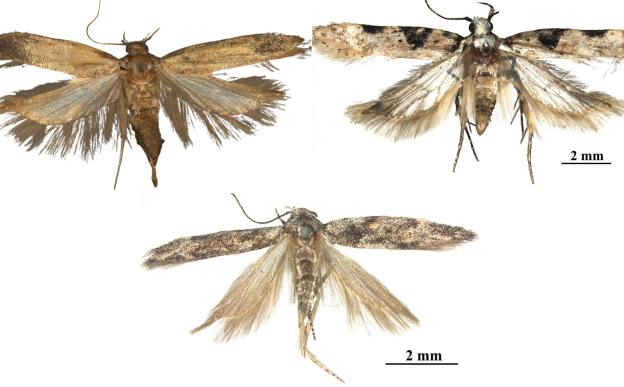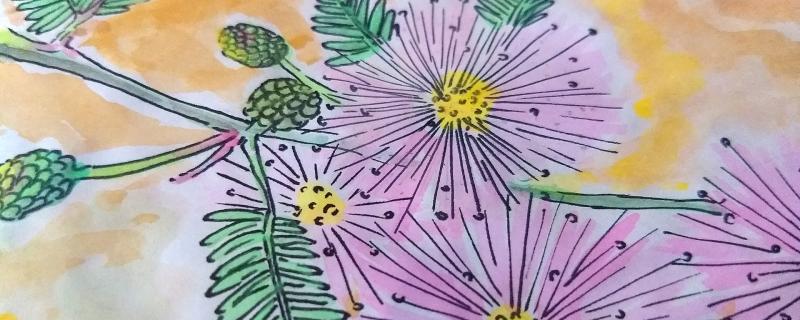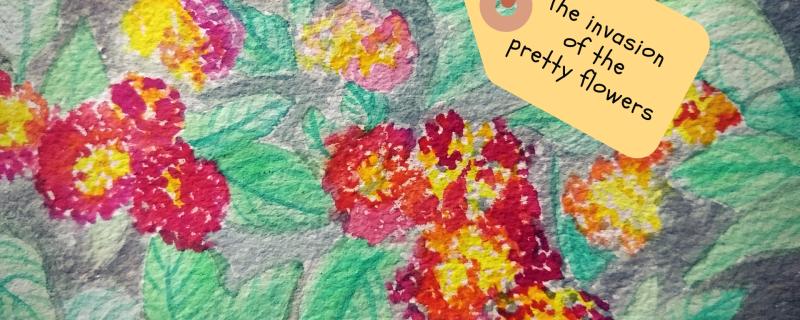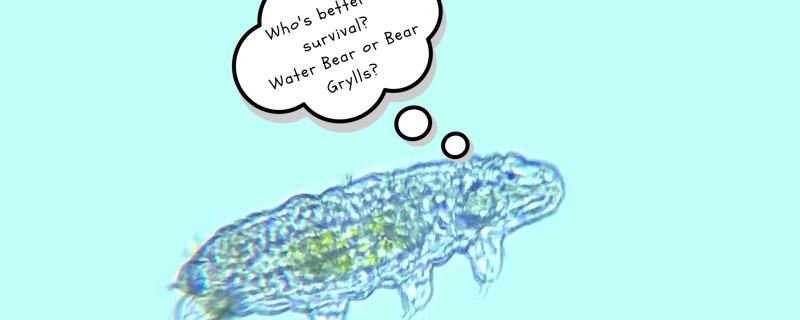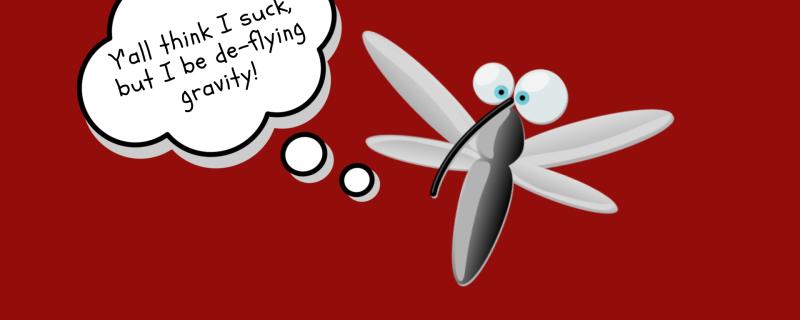Water Hyacinth (Eichhornia crassipes) is a free-floating perennial aquatic plant, native to the Amazon basin in South America. The beautiful, large, purple flowers make it a favourite ornamental plant. However, its beauty is only surface deep, since it has a bad reputation of being one of the worst aquatic weeds in the world.
Gelechia bilobuncusa (top, left: ), Gelechia adi (top, right), and Istrianis ladakhensis (bottom). Image credit: Authors, https://doi.org/10.11646/zootaxa.5728.1.6
New Delhi/
